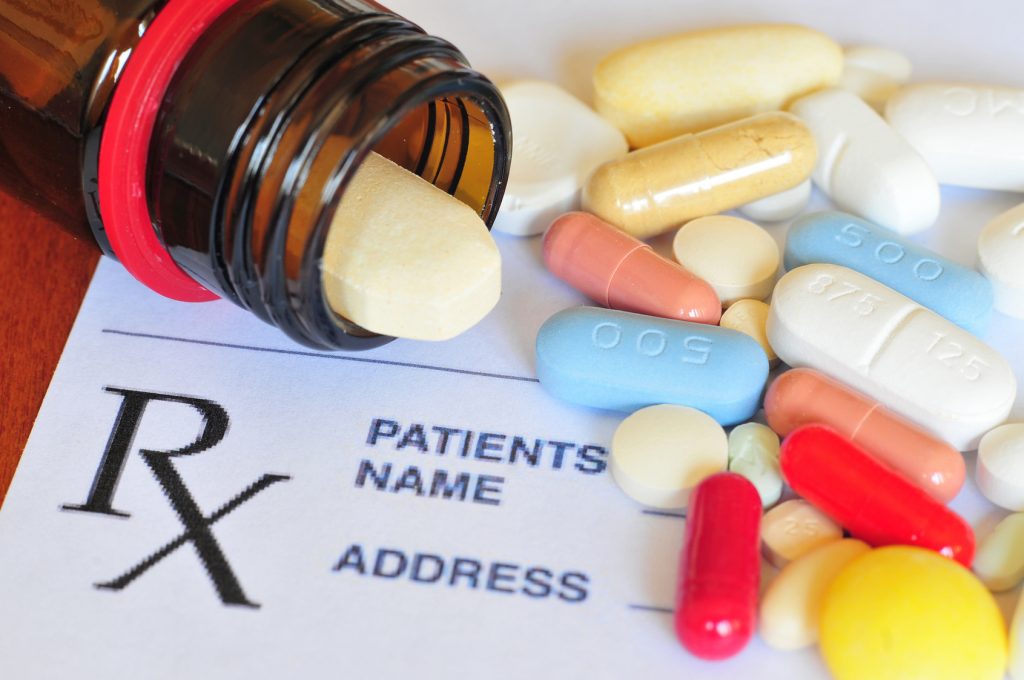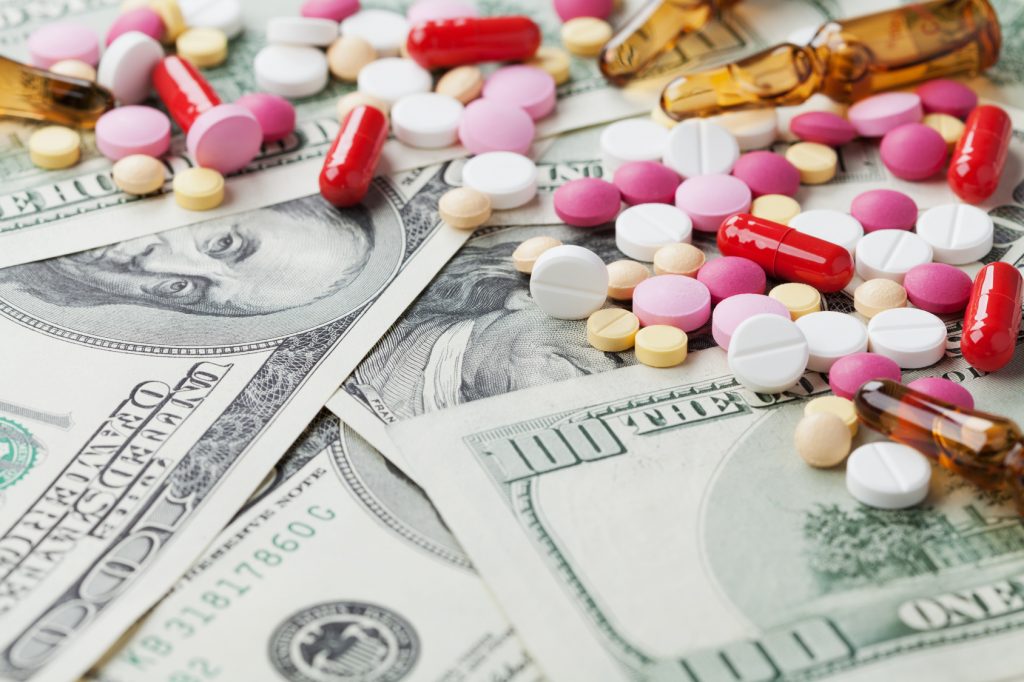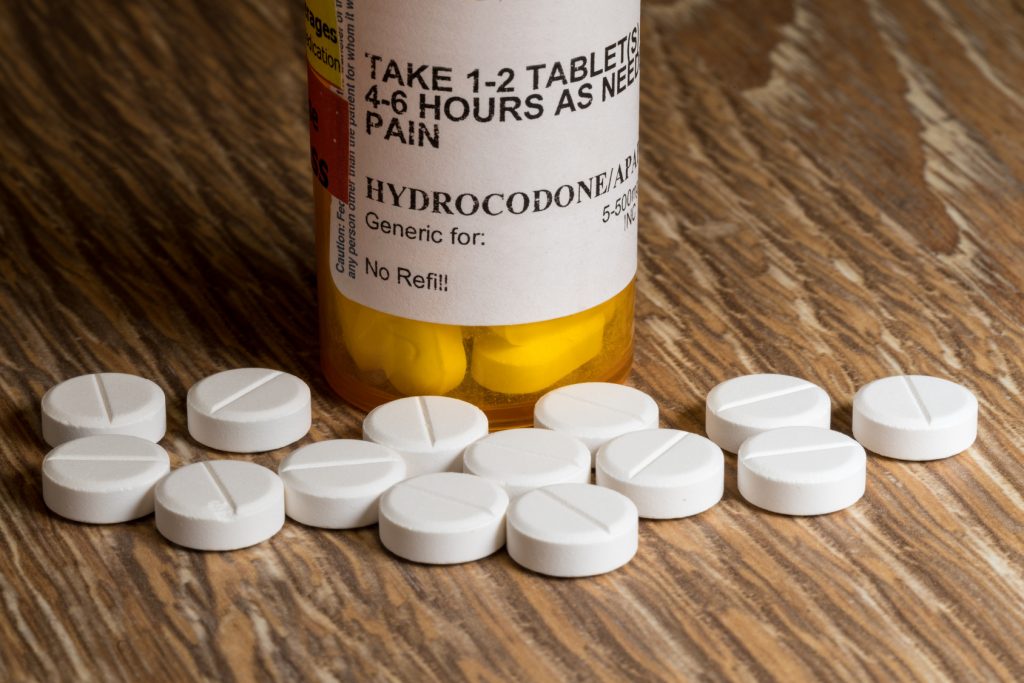pharma
TagPharma Sales Growth Tied to Price Hikes
Of the roughly $23.3 billion in sales growth seen by 45 top pharmaceutical products, $14.3 billion of that has been tied to price increases, not demand.
Trump Administration Sinks Teeth Into Paring Down Drug Prices, On 5 Key Points
Three months after President Trump announced his blueprint to bring down drug prices, administration officials have begun putting some teeth behind the rhetoric.
“Ask Your Doctor About…” Coming to a Computer Near You?
Digital ads for prescriptions are approaching parity with TV ads, with an even larger percentage of patients who saw ads online asking their doctors about specific medications.
Do Pharma’s Claims On Drug Prices Pass The Smell Test? We Found 5 Stinkers.
The pharmaceutical industry fears major legislation that would curb prices and shrink profits, and has launched campaigns against it—but how honest are their claims?
After 15 Years of Failure, What Can Pharma Offer Alzheimer’s Patients?
The most recent new treatment for Alzheimer’s disease was approved by European regulators in May 2002, with the US FDA following suit the next year.
Are Pharmaceutical Companies to Blame for the Opioid Epidemic?
Recent lawsuits are asking courts whether the current crisis is comparable to the one over tobacco in the ’90s.
Has Sepsis Met Its Match?
The possibility of curing sepsis with a common vitamin has put one of history’s greatest killers back in the spotlight.
Enzymes Versus Nerve Agents: Designing Antidotes for Chemical Weapons
Scientists invented chemical weapons; some are now working to destroy them.
High U.S. Drug Prices Cover Pharma’s Global R&D—and a Whole Lot More, Study Finds
A new study found that Big Pharma makes more from high U.S. drug prices than it spends on research around the world.
Where Are All the New Diabetes Drugs?
There are few new drugs on the horizon for diabetes, which affects about 29 million Americans.






